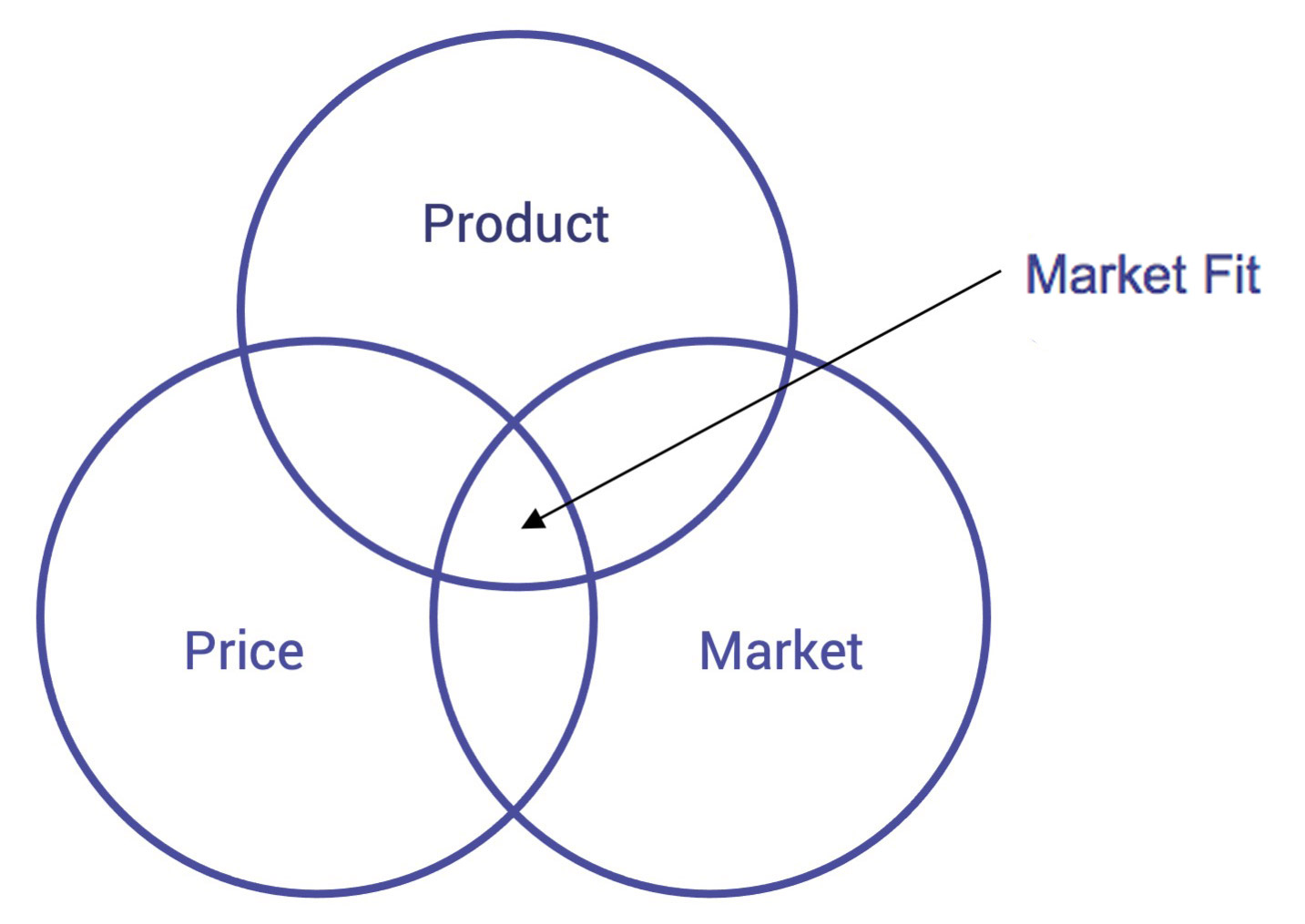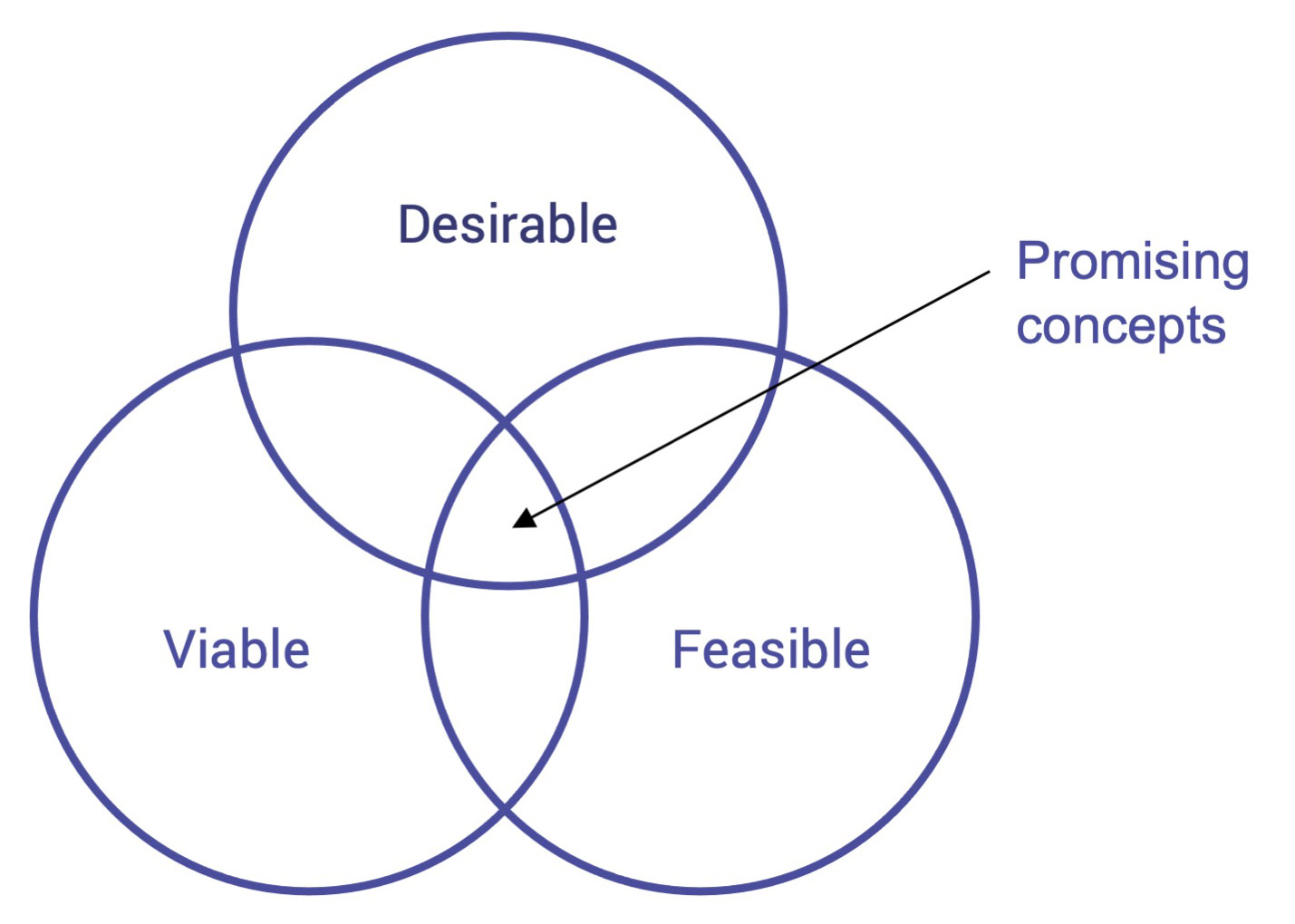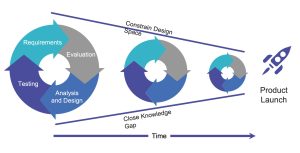3 Keys to Successful Product Development Roadmap for Startups.
Lessons learned from dozens of hardware product launches.
Designing a hardware product? A product development roadmap can be your blueprint to go from a great idea to a successful market launch, and help you to manage your timeline, budget, and execute dozens of go-to-market tasks.
Just like building a new house, a blueprint is critical.
No one builds a house without a detailed blueprint. It’s just too complex, and blueprints have proven themselves effective and indispensable.
Similarly, my team and I have found that product development roadmaps are critical for successfully developing and launching hardware products. After dozens of product launches and product development roadmaps, we have gleaned 3 lessons critical to success, which we share with you here:
1. Understand Market Need, in Detail.This seems simple enough, right? Yet, surprisingly, many companies overlook this obvious and critical step. You can add bells and whistles, but what if these “indispensable” features are not valued by your customers? Additional features take time, cost money, and add complexity, but may not be needed for your “proof of market” or initial market success. You should prioritize a list of market needs in anticipation of building a “Minimal Viable Product. Look for those few features that are truly needed by your first customers, nothing else. What do customers tell you they really need? That is your initial feature set. You can add additional features later once your product is out in the marketplace and you’re getting real-world feedback.

2. Perform feasibility studies early to understand if your product is desirable and viable for the market. By leveraging rapid prototyping and simulation software, you can minimize your time and costs. If you make changes on a few prototypes early, when it is quick and inexpensive, you can mitigate risks prior to shipping in volume. Once a product has shipped in scale, your time and costs for rework will be huge and could potentially destroy your reputation and business.

3. Create a Realistic Project Schedule.
Don’t bite off more than you can chew. Take baby steps. Many hardware start ups face launch delays, poorly designed products, and cost overruns because they had an unrealistic view of the new product development process. They’ve overlooked key activities, task dependencies, regulatory constraints, and unanticipated expenses.
Smart entrepreneurs iterate and leverage agile hardware development practices. Using prototypes, a partial product, or mockups placed it in the hands of users, entrepreneurs learn how to enhance design, validate and optimize the feature set, and add or eliminate design elements.
But hardware development always takes more time to iterate than software. Changing a software product can be conceived of and coded in minutes. However, if a printed circuit board, packed with electronic components, contains one bug, it may need to be redesigned, remanufactured, reassembled, and retested, consuming weeks or months, which could substantially increase your costs and delay product launch. This is why so many crowdfunded products ship late.
Plan enough time for a realistic amount of pivoting and design iterations. We recommend at least 2 to 3 iterations for most new hardware products. If a product is complex or cost reduction is especially critical, you may need more.

Recently, we worked with a company designing a consumer product. After the design was “frozen,” someone lobbied to add a small audio speaker. A good feature, but this seemingly simple change delayed the product launch by a damaging three months. A good product roadmap helps prevent this kind of mistake.
We pioneered product development roadmaps for startups because they work. Startups using a skillfully developed roadmap dramatically enhance their odds of getting the right feature set, launching on time, within budget, and effectively managing hundreds of complex, interrelated technical tasks.
Interested in a FREE Product Development Roadmap consultation? https://prgnpi.com/roadmap


